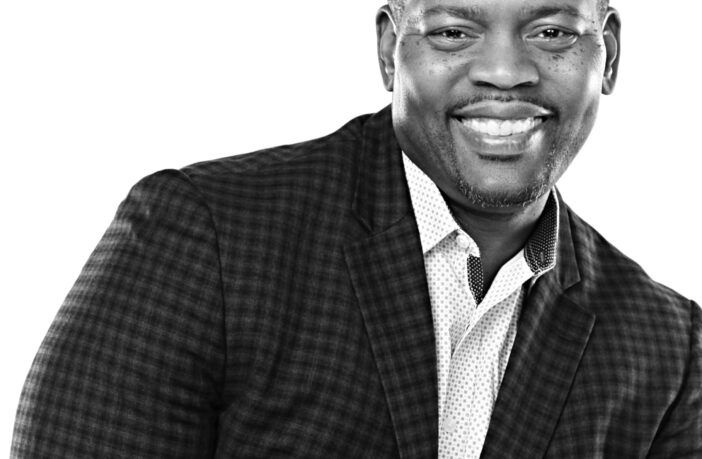By National Academy of Engineering
The National Academy of Engineering (NAE) has elected 114 new members and 21 international members, announced NAE President John L. Anderson today. This brings the total U.S. membership to 2,310 and the number of international members to 332.
Election to the National Academy of Engineering is among the highest professional distinctions accorded to an engineer. Academy membership honors those who have made outstanding contributions to “engineering research, practice, or education, including, where appropriate, significant contributions to the engineering literature” and to “the pioneering of new and developing fields of technology, making major advancements in traditional fields of engineering, or developing/implementing innovative approaches to engineering education.”
Election of new NAE members is the culmination of a yearlong process. The ballot is set in December and the final vote for membership occurs during January.
Individuals in the newly elected class will be formally inducted during the NAE’s annual meeting on Sept. 29, 2024. A list of the new members and international members follows, with their primary affiliations at the time of election and a brief statement of their principal engineering accomplishments.
Dr. Charles Johnson-Bey’s work has influenced the industrial controls for combat ships, cyber resilience in national security, and R&D at major research institutions. As a mentor, professor, and technologist, CJ has influenced not only the continued growth of Booz Allen’s global defense business but also the next generation of engineers.
The driving force behind all of CJ’s pursuits? “I love figuring out how things work,” he says.
This love—and CJ’s impact—have earned him a place in the National Academy of Engineering Class of 2024, representing one of the highest professional honors accorded an engineer. Here, he discusses his journey in engineering and encouragement for the next generation.
Charles Johnson-Bey, senior vice president of Booz Allen Hamilton, will be officially inducted into the National Academy of Engineering on Sept. 29.
Information theory in action
“Technology is just magic until we understand it—then we can use it,” says CJ.
People often think of engineering in terms of specific fields and activities, such as signal processing, system architecture, and hardware prototyping. But CJ has a much broader definition. He calls engineering both “a methodology for problem solving” and “information theory.”
One line of inquiry he follows in engineering and problem solving in general: What information do you need?
“We all know the billion-dollar Mega Millions lottery numbers a second after they’re drawn, but we really would have loved to have known it a day before,” he points out.
Engineering also considers how essential information is conveyed. Take the challenge of getting data to the right people at the right time. “When you look at history, it actually starts all the way back at the African drum,” CJ explains. “Messages were transferred over a distance that nobody even thought was possible during that time.”
Today, conveying essential information rapidly is critical to national security and defense. “Consider how much information we’re all flooded with,” he says. “How do we communicate jointly across the services in a very congested and contested environment?”
Scaling up to tackle bigger problems
After CJ moved into a management role, junior engineers would often ask him when he stopped doing engineering. “I always reply, ‘Who said I stopped?’”
Evolving in his career, from hands-on engineering to leading teams, entails scaling up and gaining a broader view, he explains. “When you’re junior and you’re just learning, you’re focused on one problem or tool,” he says. “As a leader, you start looking at your clients’ missions—for example, what’s impeding the efficient flow of information through their platforms?”
Leading teams to look at this bigger picture requires heightened understanding and broader conversations. “You have to elevate your thinking in terms of abstraction, considering all of the different ways you can represent or visualize a problem, so you’re able to communicate with other people in a way they can understand,” CJ says.
This helps leaders assemble the “A-team” that big, complex problems demand. “What kind of issues should we be looking at that we’re not looking at?”
“Say you’re not the expert in an area, but you study a little bit and read a little bit, and you see some of the problems happening in the system,” he continues. “Then you realize you know someone who’s really good in that area. You give her a call and see if she can help.”
Do your thing and never stop
What do you want to learn? What story do you want your career to tell?
These are the questions CJ asks when people come to him for career guidance, whether they’re colleagues at Booz Allen or students he taught at Morgan State University or met at his old high school, Baltimore Polytechnic Institute. “These questions help them identify the skills they need and recognize real opportunities, rather than just chase titles.”
CJ is continuously adding chapters to his own story, at work and in his free time. For instance, he experiments with his 3D printer. He also reads about the physics of comic books and “Star Trek,” pondering questions like, “How do we build the next Starship Enterprise?” And he’s active in gatherings like BlerDCon, an annual event that celebrates black nerd culture while also being inclusive of all backgrounds.
“Don’t keep what you want to do a secret,” CJ encourages. “Communicate what you need. Communicate what you want to do. Share your dreams, and you’ll be shocked how much others want to help make them a reality.”
This is the mentality that drives CJ in his day job at Booz Allen. “There’s a place for you to be who you are and celebrate that, while you’re doing really fun geeky stuff and getting paid for it,” he says. “The world is not short on issues and problems that need to be solved.”



